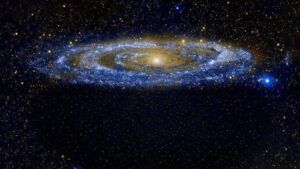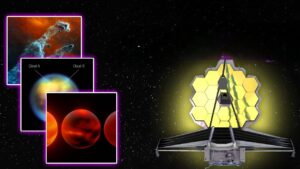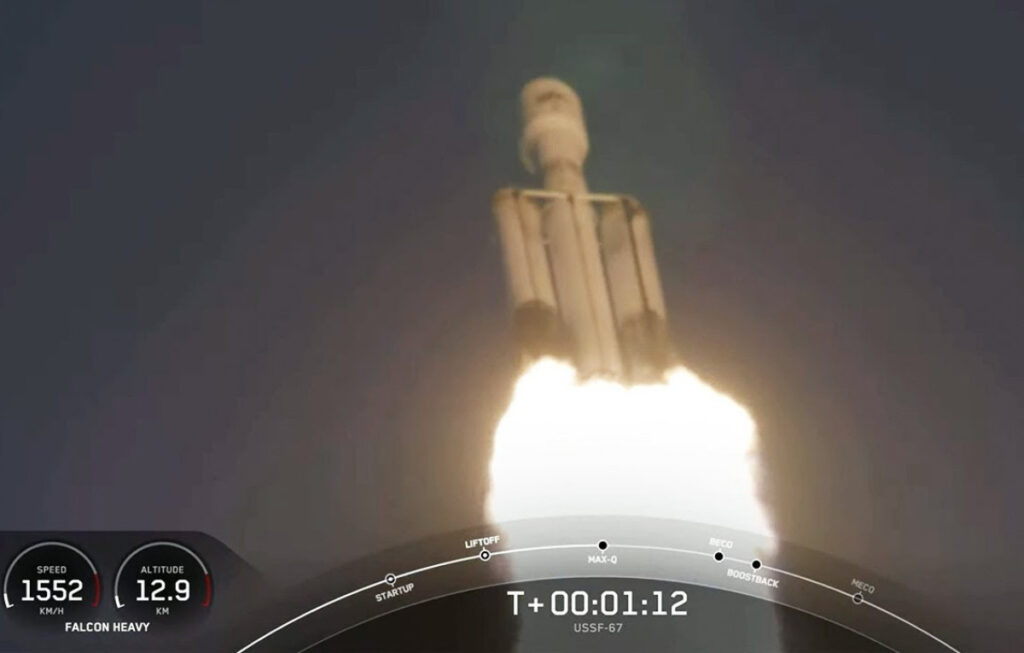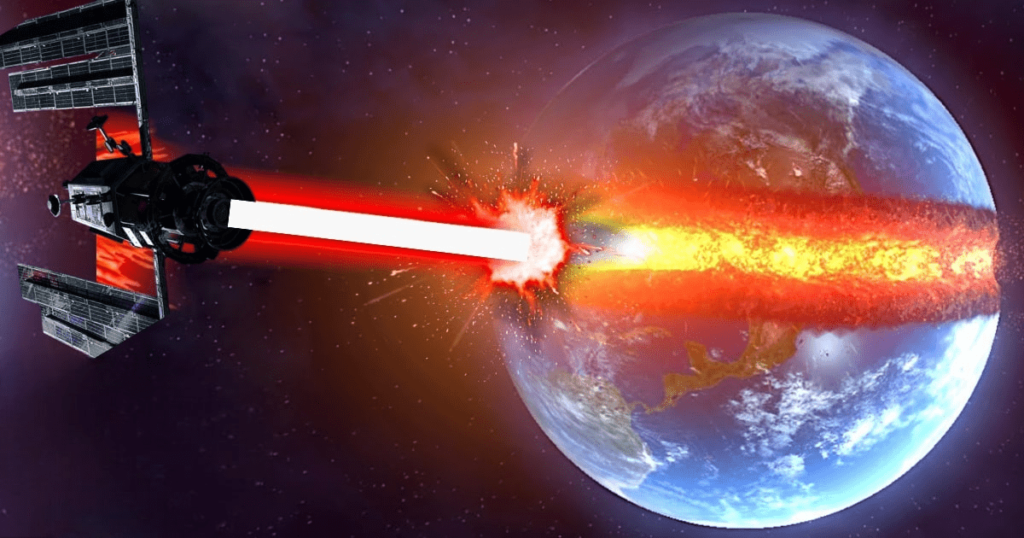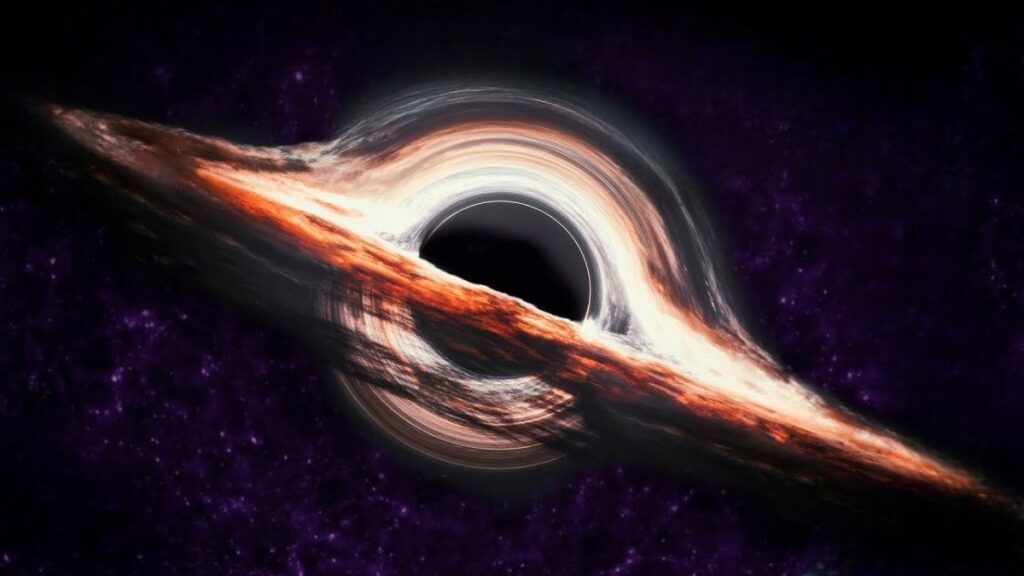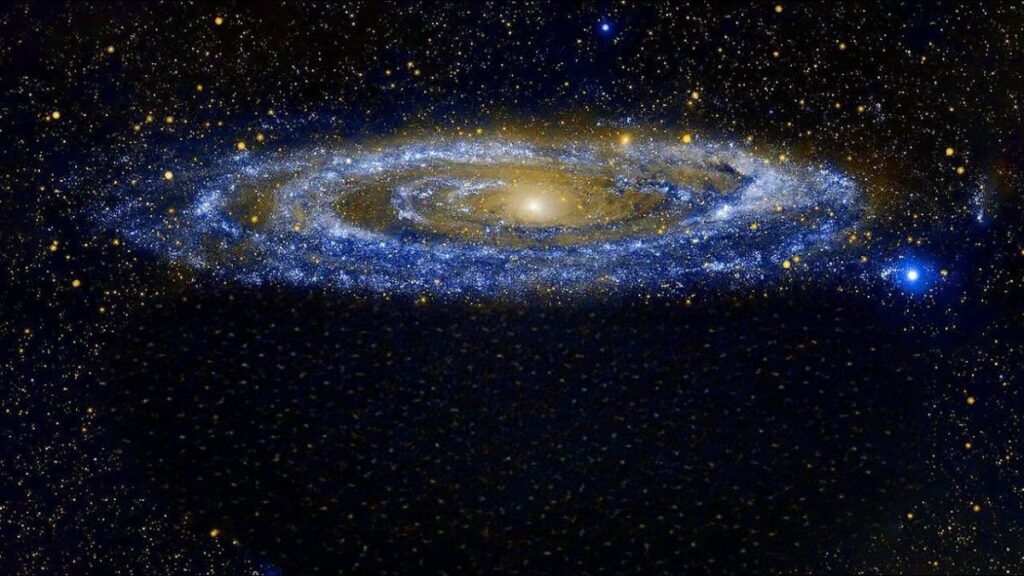
Somewhere out there in the Milky Way Galaxy is a huge star that is nearing the final stages of its life, astronomers named it ‘Betelgeuse’ There was a strange rumor started in 2022 that the massive star was going to go supernova any day.
Some bought telescopes to catch a glimpse of the explosion, but others were frightened and began looking for shelter in case the supernova turned out to be dangerous for Earth.
One star-gazer even opened a 24-hour live stream on YouTube showing and recording the patch of sky where Betelgeuse can be seen.
The broadcast went on day after day.
But here it is 2023, and nothing has happened!
So what’s going on, and when could Betelgeuse explode?
When it does, could there be deadly consequences for the Earth and its inhabitants?
[LOGO] In September 2022, the James Webb Space Telescope took an image of the Orion nebula, and among the young stars it imaged, it also captured Betelgeuse.
In this image, it shines in all its glory.
The light of the star is hard to miss.
It’s the tenth brightest star in the sky, and the seventh brightest in most of North America, Europe, and Canada.
It’s so bright that it can even be seen by the naked eye from Earth.
Betelgeuse is one big mystery.
It is much larger in diameter and mass than our own star.
It’s so huge, that if you put Betelguese in the place of our sun, it would sit far beyond the orbits of Mars and Jupiter.
Originally, it was thought to be around 887 times the size of our sun, but new research now shows the red supergiant is just around 764 times larger than the Sun.
That’s still huge… Some scientists believe the red supergiant is on the brink of a supernova explosion, while others think it’s just experiencing a cooling phase before entering a new phase of activity.
Betelgeuse is not an ordinary star, it’s special in that it’s a pulsating star that constantly shrinks, then swells again.
According to calculations, the red supergiant is surrounded by at least six layers of matter, which it pushes out into space.
As a result, every 10,000 years Betelgeuse loses mass equivalent to the total mass of our Sun.
The star has also changed its color more than once.
In 2022, German astronomers from the University of Jena completed a study of ancient sources that mention Betelgeuse.
In just two millennia, this huge monster was first yellow, then orange, and now it is red.
Betelgeuse is capable of returning to a short yellow supergiant phase.
And in the end, it could explode as a blue supergiant or a blue Wolf-Rayet star.
In 2019, Betelgeuse presented astronomers with a new puzzle.
Suddenly, a large part of it faded significantly.
Immediately after a bunch of theories were put forward.
Supporters of the existence of extraterrestrial civilizations said that some civilization is sucking energy out of the star.
This idea was rejected by the scientific community.
Astronomers started searching for another reason for what was happening.
After analyzing data from NASA’s Hubble Space Telescope and other observatories, they came to an unexpected conclusion.
There was an explosion on Betelgeuse, only it wasn’t a supernova.
A giant blast area of more than a million miles, possibly erupted from the depths of the star.
As a result, a piece of the photosphere weighing several times more than the Moon detached from the star.
Betelgeuse has recently experienced a massive plasma eruption, ejecting 400 billion times more mass than usual.
This caused a dense cocoon of dust to form around part of the star, making it appear dimmer from Earth.
The Hubble Space Telescope captured an image of Betelgeuse’s brightness changes from January 2019 to March 2020, as the star recovered.
However, Betelgeuse is known for its unstable behavior and continues to exhibit activity.
In 200 years of observation of its light, scientists have calculated that its eruptions and dimming occur approximately every 420 days.
But lately the strange star’s cycle has changed.
In the summer of 2020, the Solar Terrestrial Relations Observatory recorded a new decrease in the brightness of Betelgeuse.
The previous minimum ended a few months earlier – in March 2020.
And that means the loss of brightness occurred almost a year earlier than it should have.
At the same time, observations have shown that Betelgeuse has already run out of hydrogen, and it’s running out of helium.
And when red supergiants have no helium left, they usually explode.
So how do we predict when this will happen with more precision?
In 2022, astrophysicists from Cornell University proposed an interesting idea.
If you see a giant red star surrounded by a thick layer of matter, be cautious.
It’s likely to explode in a few years.
According to their model, the catastrophe is possible even within a year.
However, there’s no such dense layer of matter around Betelgeuse yet.
For now, according to different estimates, the explosion is most likely to happen in about 100,000 years, or even 1.5 billion years.
However, this does not exclude the possibility of a supernova occurring in the near future, as sometimes stars form their death cocoons very quickly.
Astronomers from Japan claim that the event will definitely become known only a few days before the catastrophe.
Before a star goes supernova, it begins to emit a higher stream of neutrinos than normal.
Let’s imagine that right now Betelgeuse is emitting a powerful stream of neutrinos and is about to go supernova.
What if the explosion of the star is dangerous and could potentially cause harm to Earth?
Astronomers confirm that a catastrophe of this magnitude would be a disaster.
The explosion of a supernova can generate the energy of more than 10 billion suns, creating a stream of gamma rays that would instantly destroy any planet in its path.
According to NASA, such a tragedy could have happened on Earth about 450 million years ago.
Back then, the Ordovician-Silurian extinction took place – one of the largest extinction events in our history.
The catastrophe was probably caused by gamma radiation that hit the Earth after a star went supernova.
It halved the ozone layer of the atmosphere, destroying about 85% of living organisms.
It would be practically impossible to protect ourselves from such a powerful release of gamma radiation, even with our advanced technology.
A gamma ray stream is more intense than light itself, and has incredible destructive power.
An unprecedented burst was recorded in the constellation Sagittarius in October 2022.
Telescopes picked up a signal that was traveling at almost the speed of light.
The burst was named GRB 221009, the strongest that astronomers have seen so far.
It was probably caused by a supernova that became a black hole.
The image from the Swift X-ray telescope shows this bright event.
But the mega flare didn’t affect the Earth because it occurred 2.4 billion light-years away from us.
In September 2022, the supernova SNR 0519 happened much closer – in the Large Magellanic Cloud galaxy at about 160,000 light-years away from Earth.
There, a white dwarf went supernova 670 years ago.
And all this time the gamma burst has been moving towards us at a speed of 9 million kilometers per hour [5.5 million miles per hour].
The dazzling portrait of the supernova remnants was created using data from NASA’s Hubble and Chandra telescopes.
Fortunately, if Betelgeuse goes supernova, a nightmarish ending only awaits celestial bodies within 50 light years of the star.
And Betelgeuse is 14 times farther from this critical mark – 650 light years away.
But recent research from Australian University shows that Betelgeuse is 25% closer to Earth than previously thought, which puts it at about 530 light years away.
But still, it is too far away to harm the planet.
So, the explosion of Betelgeuse will only give us a breathtaking cosmic show.
For about three months, we will see the star as big and bright as a full moon in the sky.

